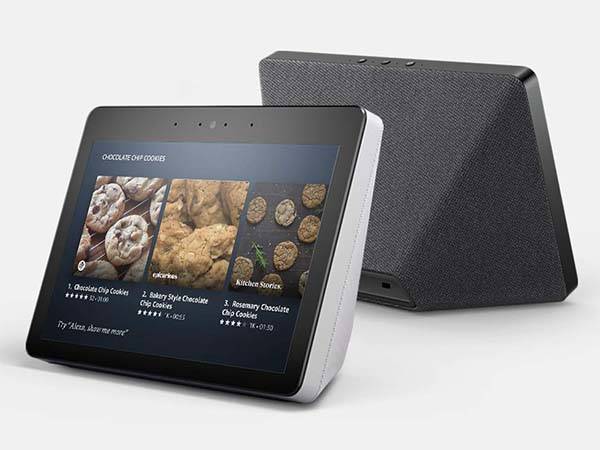

RELATED: How to Use Your Router and ISP's Modem/Router Combo In Tandemįar and away the UPnP fix should remedy nearly everyone’s connectivity issues. If your router doesn’t support NAT-PMP or UPnP (or you have a pressing reason not to use it) then you’ll want to jump to the section below “Manually Forward Your Ports” Banish Address Problems With Bridge Mode If you need help with the initial setup and configuration of Plex Media Server, please refer to our getting started with Plex guide here.

Let’s look at how to enable remote access and then how to trouble shoot remote access issues. Most of the time you should have very little trouble setting up remote access to your Plex Media Server, but there are a few instances where your home network configuration can throw you a curve ball. One of the greatest things about the Plex Media Server platform, however, is the ease with which you can access your media from anywhere. With remote access enabled and properly configured, you can watch your favorite TV shows anywhere you have internet access: on your phone while you’re sitting in a waiting room, on your laptop while you’re vacationing, or even on a smart TV at a friend’s house. RELATED: How to Set Up Plex (and Watch Your Movies on Any Device) If you primarily use Plex Media Server for watching content on your local network (like streaming your favorite shows to your HDTV or smartphone), you may not have given much though to the benefits of remote access. But if you’re having trouble accessing your movies from afar, we’re here to help. Plex Media Server’s remote access function is usually so smooth to set up that it’s practically magic.


 0 kommentar(er)
0 kommentar(er)
